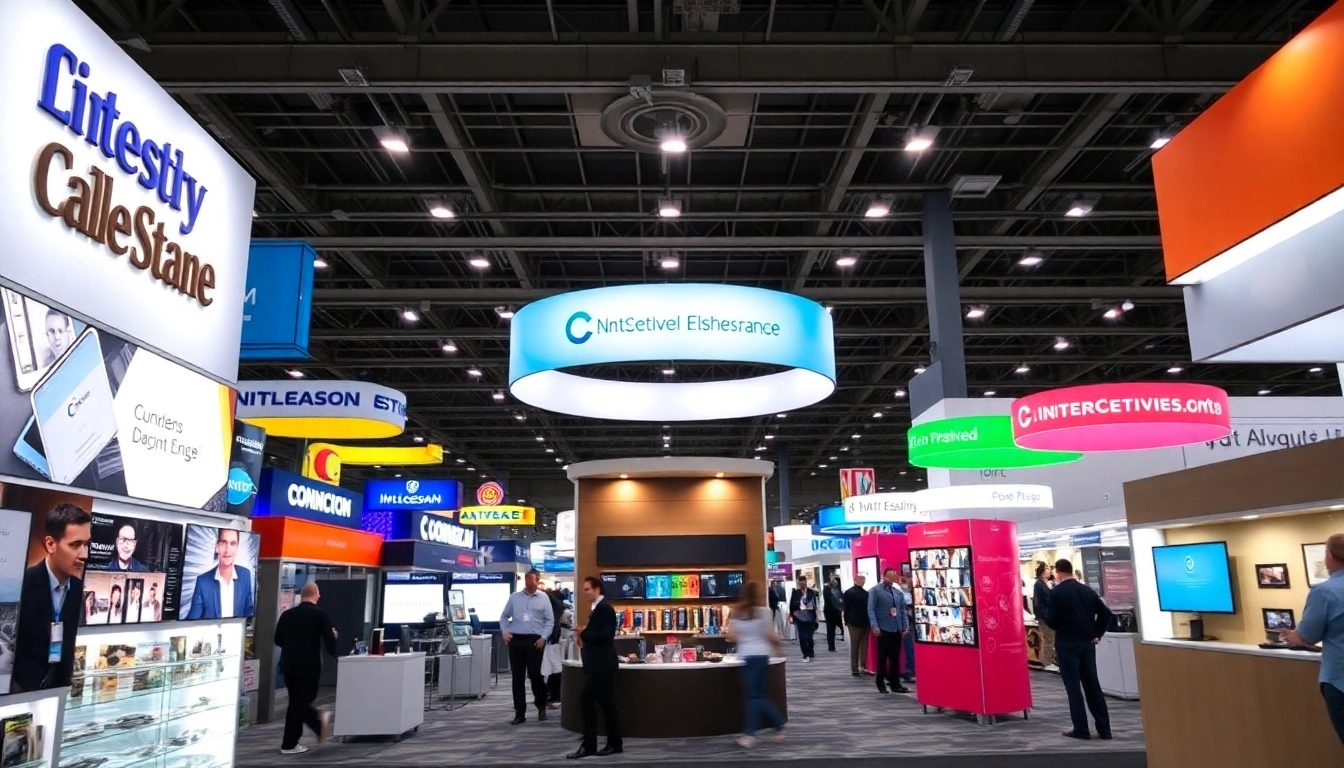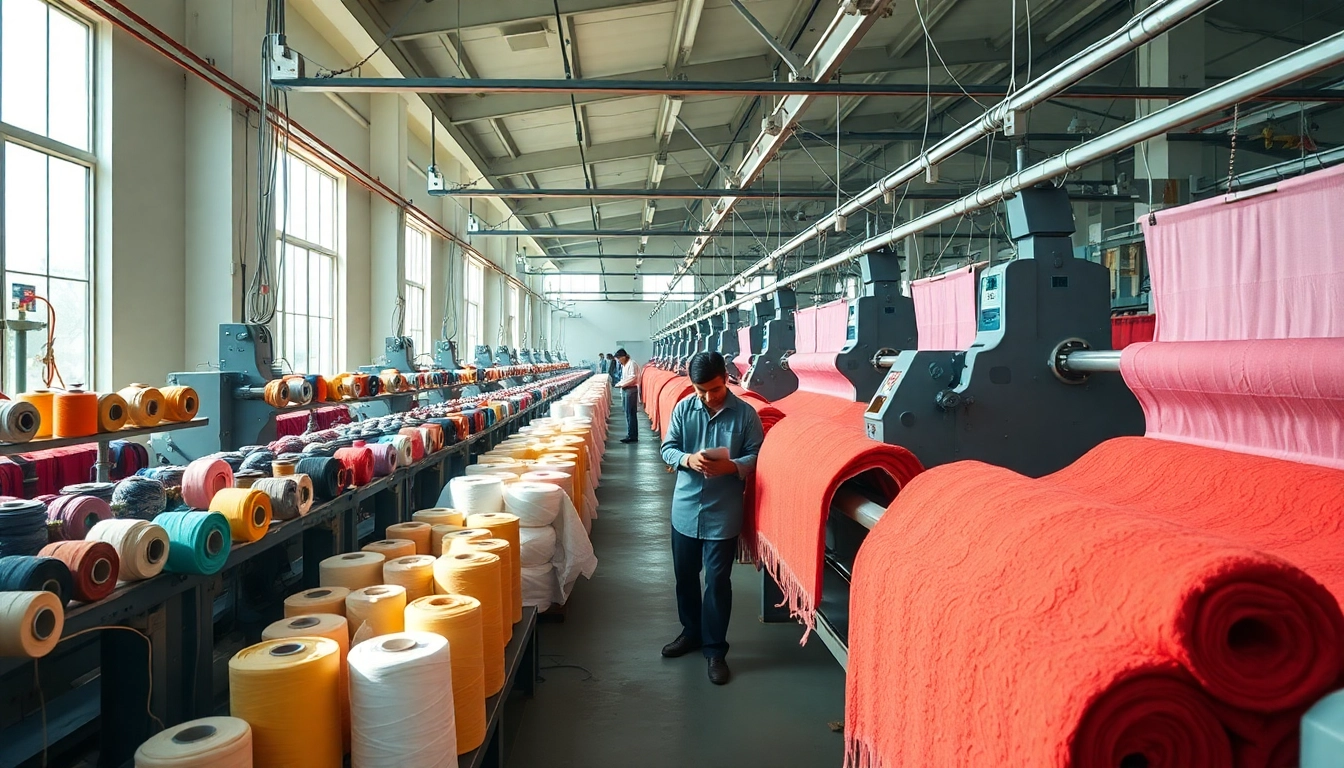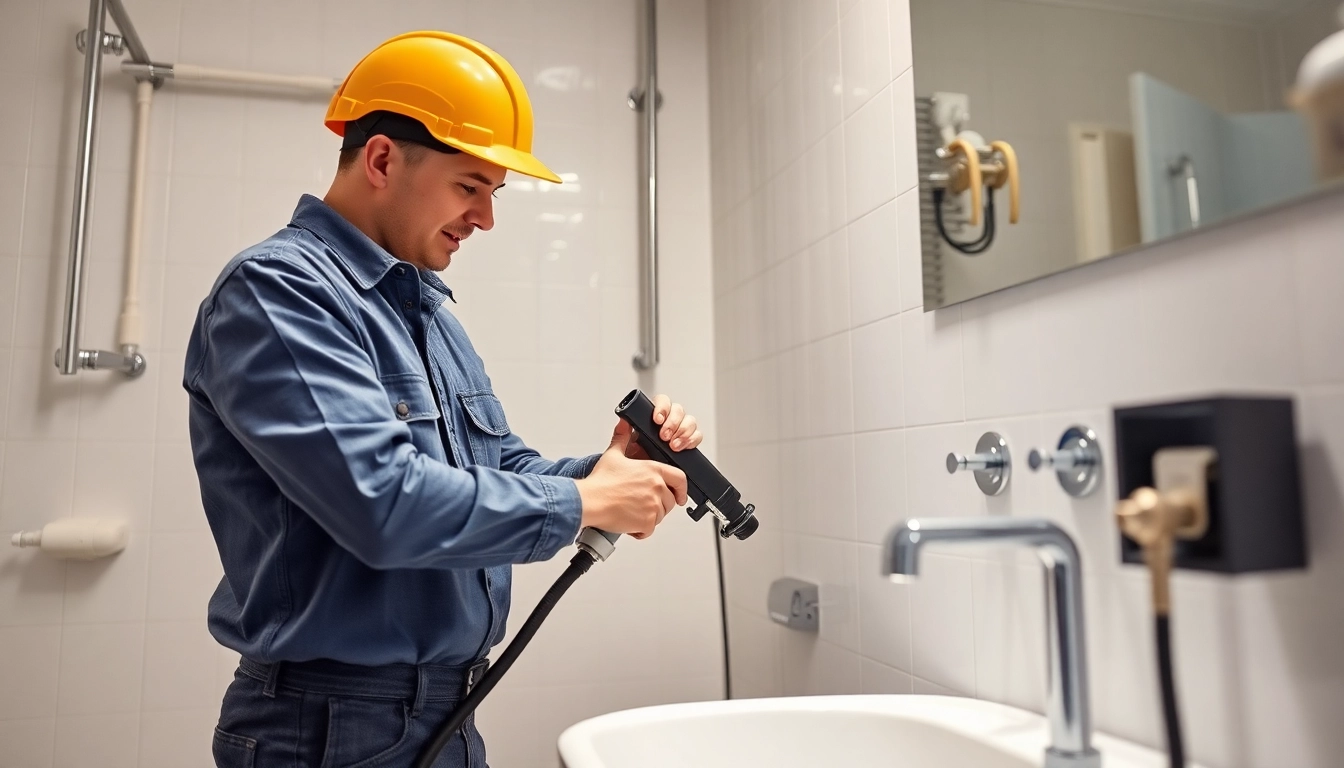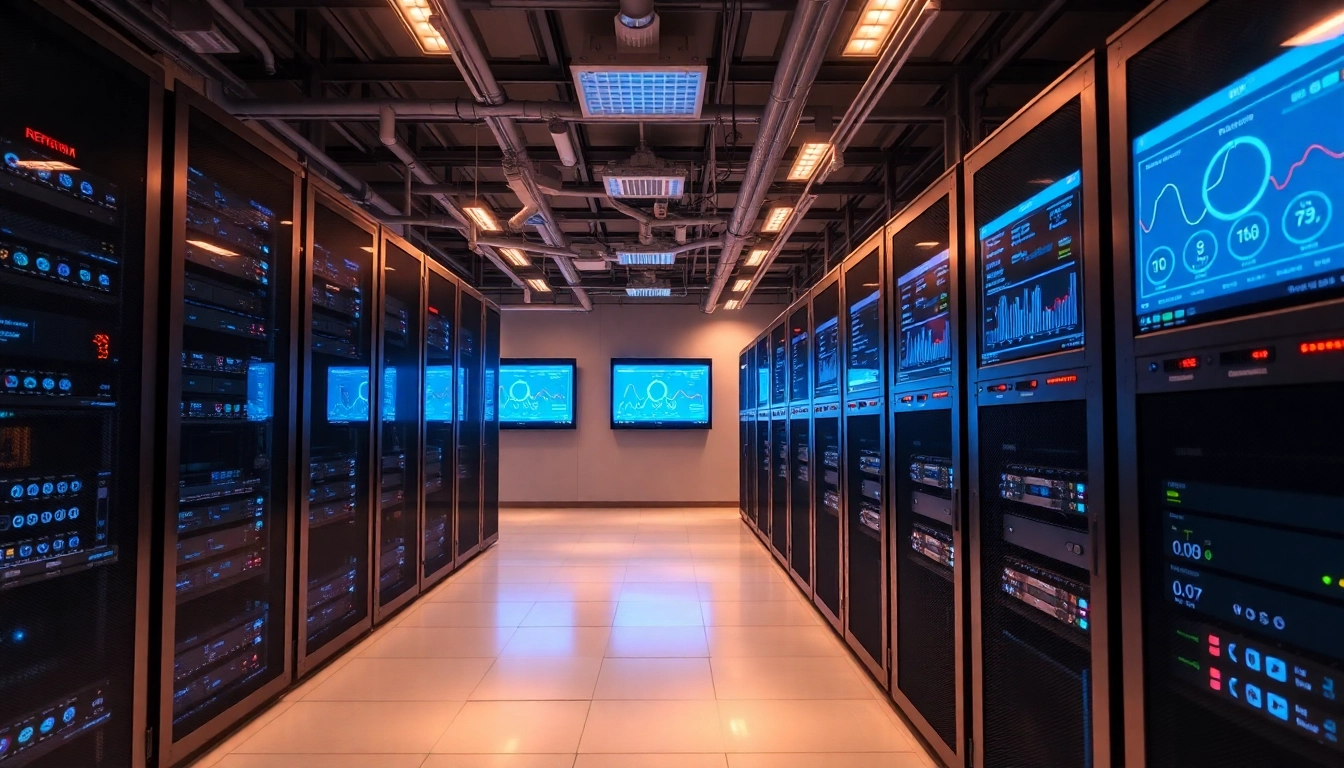Understanding the Importance of Tradeshow Displays for Your Brand
Trade shows remain one of the most effective marketing channels for building brand awareness, generating leads, and establishing industry authority. However, in the bustling environment of a trade show, capturing attendees’ attention amidst hundreds of competitors requires more than just a good product or service; it demands eye-catching, strategic tradeshow displays. These displays serve not only as visual anchors but also as powerful storytelling tools that communicate your brand message, values, and unique selling propositions instantly. In this comprehensive guide, we will explore how high-quality trade show signage and displays influence your success and what it takes to create impactful booths that leave lasting impressions.
Why Effective Displays Drive Trade Show Success
Effective displays act as a magnet, drawing visitors into your booth and encouraging engagement. When strategically designed, they serve multiple purposes: increasing visibility, reinforcing brand identity, and facilitating meaningful interactions. According to recent industry reports, over 80% of trade show attendees influence purchasing decisions based on their experience at a booth. Well-designed trade show displays elevate this experience, making your booth memorable and prompting visitors to take action.
Good displays also boost foot traffic, which correlates directly with lead generation. For instance, vibrant banners, illuminated signage, and interactive screens can attract attendees from across the trade floor, maximizing your exposure. Moreover, quality signage ensures your message remains clear and professional, building trust with prospective clients even before a personal conversation begins.
Investing in standout displays often provides a high return on investment (ROI), especially when complemented with thoughtful lead capture strategies and follow-up plans. Therefore, understanding the elements that make these displays compelling and how to deploy them effectively is essential for trade show success.
Common Challenges in Designing Tradeshow Displays
Despite their importance, creating an impactful trade show display comes with challenges. Some of the most common include:
- Limited Budget: Small budgets can restrict design options, materials, and size, risking a less impactful appearance.
- Time Constraints: Last-minute orders or delays in production can lead to rushed setups or subpar visuals.
- Space Restrictions: Booth size limitations necessitate innovative design solutions to maximize visual impact within confined areas.
- Brand Consistency: Ensuring all elements align with your overall branding can be complex, especially with various vendors or manufacturing methods.
- Durability and Transportability: Displays must withstand transportation, reassembly, and repeated use without loss of quality.
Addressing these challenges requires a strategic approach, quality materials, and comprehensive planning. Partnering with experienced providers can significantly mitigate these issues, ensuring your display is both attractive and functional.
Key Elements of High-Impact Trade Show Booths
Successful trade show booths share several defining characteristics that communicate professionalism and draw in visitors:
Clear and Concise Messaging
Your signage should quickly convey your value proposition. Use minimal text paired with bold visuals to communicate your core message at a glance.
Brand Consistency
Color schemes, logos, and fonts should match your overall branding to reinforce brand recognition and trust.
Visual Hierarchy
Effective use of size, contrast, and placement directs visitors’ attention to the most important information or features.
Interactivity and Engagement
Incorporate touchscreens, demo stations, or QR codes to foster interaction and deeper engagement with your brand or products.
Professional Quality Materials
High-quality materials, from durable fabrics to vibrant prints, signal credibility and investment in your brand’s image.
Types of Tradeshow Displays and How to Choose the Right One
Modular vs. Prefabricated Trade Show Booths
When selecting a trade show display, understanding the differences between modular and prefabricated options is crucial. Modular displays offer flexibility; they can be assembled into various configurations, adapt to different booth sizes, and often include expandability features. Prefabricated displays, on the other hand, are ready-made solutions designed for quick setup, ideal for smaller budgets or shorter planning timelines.
For example, a modular system might involve lightweight aluminum frameworks with interchangeable graphics, allowing you to reconfigure the booth for different events. Prefabricated kits come with everything pre-assembled, making setup straightforward, but they may lack customization options. Your choice should reflect your brand’s flexibility needs, available space, and budget constraints.
Experts recommend modular systems for companies planning long-term trade show strategies, as they maximize reuse and adaptability, while prefabricated solutions are perfect for quick, cost-effective deployments.
Custom Displays Tailored to Your Brand Needs
Custom trade show displays are designed from scratch or tailored versions of existing models to align precisely with your branding, messaging, and booth goals. They include custom graphics, unique shapes, and even integrated technology elements like LED lighting or interactive screens. Custom displays can command premium pricing but deliver a distinctive presence that helps your brand stand out.
For instance, a custom curved backlit backdrop featuring your logo and brand colors creates a stunning visual that draws visitors’ eyes from afar. Custom features like built-in storage, multi-panel configurations, or branded furniture further enhance the booth’s functionality and aesthetic cohesiveness.
Investing in custom displays is especially valuable for high-stakes events where making a memorable impression is essential. Collaborating with experienced providers ensures your custom display reflects your vision and achieves optimal impact.
Portable and Cost-Effective Display Options
For many companies, especially those new to trade shows or with tighter budgets, portable options like pop-up displays, tension fabric stands, and tabletop graphics are excellent. These solutions are lightweight, easy to transport, and quick to assemble, allowing frequent deployment across multiple events.
Pop-up booths, for example, can be set up in minutes and pack down into compact cases, ideal for small spaces and quick turnarounds. Tension fabric displays offer vibrant graphics and a seamless look at a fraction of the cost of custom solutions.
While these options may lack some of the customization of larger displays, they are highly effective in creating professional results without breaking the bank—making them a practical choice for small and medium-sized enterprises.
Design Best Practices for Memorable Tradeshow Signage
Using Visual Hierarchy and Branding Consistency
The visual hierarchy directs visitors’ attention, highlighting key messages above secondary information. Use large, bold headers, contrasting colors, and strategic placement on your signage to ensure critical elements like your logo and core message are immediately visible. Maintain consistent branding across all components—colors, fonts, and imagery—to foster familiarity and trust.
For example, a large banner might feature your logo prominently, with supporting graphics and a brief value statement positioned beneath. This approach ensures your booth is instantly recognizable and memorable.
Incorporating Interactive and Digital Elements
Interactive signages such as touchscreens, QR codes, and digital kiosks engage visitors actively, encouraging longer interactions and data collection. For example, QR codes linking to product videos or digital catalogs can supplement physical signage, providing more detailed information without cluttering the physical space.
These digital elements also facilitate lead capture and analytics, allowing you to measure engagement and follow up effectively. When integrated seamlessly, they transform your booth into a dynamic hub of activity.
Color Schemes and Graphics That Stand Out
Color psychology plays a vital role in attracting attention and conveying emotion. Bright, contrasting colors like red, yellow, or orange can energize your display, while cooler tones promote professionalism and trust. Use high-resolution graphics, minimal text, and bold fonts to ensure clarity from a distance.
For example, a backdrop featuring vibrant imagery related to your product, combined with bold headlines and simplified messaging, can significantly enhance visual impact and recall.
Implementation and Setup: Ensuring a Flawless Trade Show Presentation
Working with Professional Signage Providers
Partnering with experienced vendors like On Display Signs ensures your trade show signage and displays meet high standards of quality and durability. These professionals handle everything from design to production and installation, reducing the risk of delays and subpar results.
Working with a dedicated project manager, as offered by leading providers, streamlines communication and guarantees your vision is realized exactly as planned. They can also provide remote walk-thrus and on-site setup support to ensure your booth is perfectly assembled and functional before the doors open.
Pre-Event Planning and Logistics
Effective planning involves early ordering, clear communication of specifications, and logistics management. Ensure your displays are shipped in time, with instructions for assembly. Design your booth layout and assign roles for setup, breakdown, and on-site adjustments.
Develop a checklist covering transportation, storage, and backup supplies, like replacement graphics or parts, to prevent last-minute surprises.
On-site Installation Tips for a Professional Look
Arrive early to oversee setup, ensuring all elements align correctly. Use leveling tools, proper lighting, and secure fixtures to create a polished appearance. Maximize visibility by positioning graphics at eye level and lighting key features effectively.
Train staff on booth operations and troubleshooting to maintain professionalism during the event, ensuring a seamless visitor experience.
Measuring Trade Show ROI and Continuous Improvement
Tracking Engagement and Lead Generation
Implement tools like digital lead collection, badge scanners, or engagement surveys to quantify visitor interactions. Track metrics such as the number of leads, demos requested, or social media interactions. These data points help evaluate your display’s effectiveness and inform future investments.
Gathering Feedback and Making Improvements
Solicit feedback from your team and visitors post-event to identify strengths and areas for improvement. Are your signage and displays resonating? Is your messaging clear? Use these insights to refine your design strategy and enhance the next trade show experience.
Consider hosting internal debriefs and analyzing lead quality to adjust your display or presentation tactics accordingly.
Future Trends in Tradeshow Display Technologies
Staying ahead involves embracing innovations like augmented reality (AR), virtual reality (VR), and interactive digital signage. These technologies create immersive experiences, making your booth more engaging and memorable.
Additionally, eco-friendly and sustainable materials are gaining prominence, aligning your brand with social responsibility while reducing environmental impact. Incorporating LED lighting, recycled fabrics, and biodegradable substrates can differentiate your brand positively.













